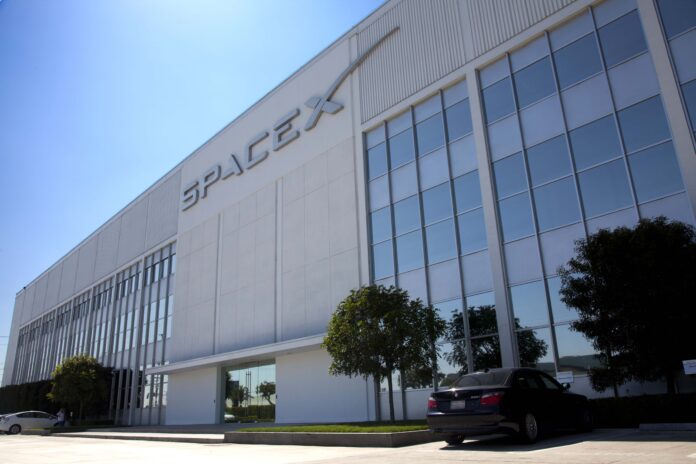SpaceX’s Starship rocket exploded during its launch on April 20, 2023, marking the third failure of the company’s ambitious project to send humans to Mars. The rocket, which was carrying a prototype of the Starship spacecraft, lifted off from SpaceX’s Starbase facility in Texas at 4:20 p.m. ET. It reached an altitude of about 10 kilometers before it started to descend for a landing attempt. However, something went wrong during the final phase of the flight, and the rocket exploded in a massive fireball just before touching down.
The cause of the explosion is still under investigation, but SpaceX founder and CEO Elon Musk said on Twitter that it was likely due to a problem with the engine thrust vector control system. He also said that the Starship prototype had performed well until the last few seconds and that the data from the flight would help improve the design of the next version. Musk added that he was proud of the SpaceX team for their hard work and perseverance.
SpaceX’s Starship project is one of the most ambitious and challenging endeavors in the history of space exploration. The company aims to develop a reusable spacecraft that can carry up to 100 people and tons of cargo to the moon, Mars, and beyond. The Starship spacecraft is designed to launch on top of a giant rocket called Super Heavy, which is also reusable. Together, they form the Starship System, which Musk hopes will eventually enable humanity to become a multiplanetary species.
The explosion on April 20 was not the first setback for SpaceX’s Starship project. In December 2020, another Starship prototype exploded during a landing attempt after a successful high-altitude flight test. In February 2021, a similar fate befell another Starship prototype, which also failed to land safely after reaching an altitude of 10 kilometers. Despite these failures, SpaceX has continued to iterate and improve its Starship design, testing various components and systems on the ground and in the air.
SpaceX is not alone in pursuing the dream of sending humans to Mars. Orion and SLS (Space Launch System), two spacecraft and rocket systems being developed by NASA, the American space agency, are scheduled to launch for the first time in late 2023 or early 2024. As part of the Artemis mission, which seeks to establish a sustained presence on the lunar surface by 2030, NASA intends to deploy astronauts to the moon using the Orion and SLS spacecraft. Additionally, NASA aims to use Orion and SLS as stepping stones for upcoming Mars missions.
The explosion of SpaceX’s Starship rocket on April 20 was a tragic reminder of the risks and challenges involved in space exploration. However, it was also a testament to the courage and innovation of those who dare to push the boundaries of human potential. As Musk said on Twitter after the incident, “One day, the true measure of success will be that Starship flights are commonplace.”







